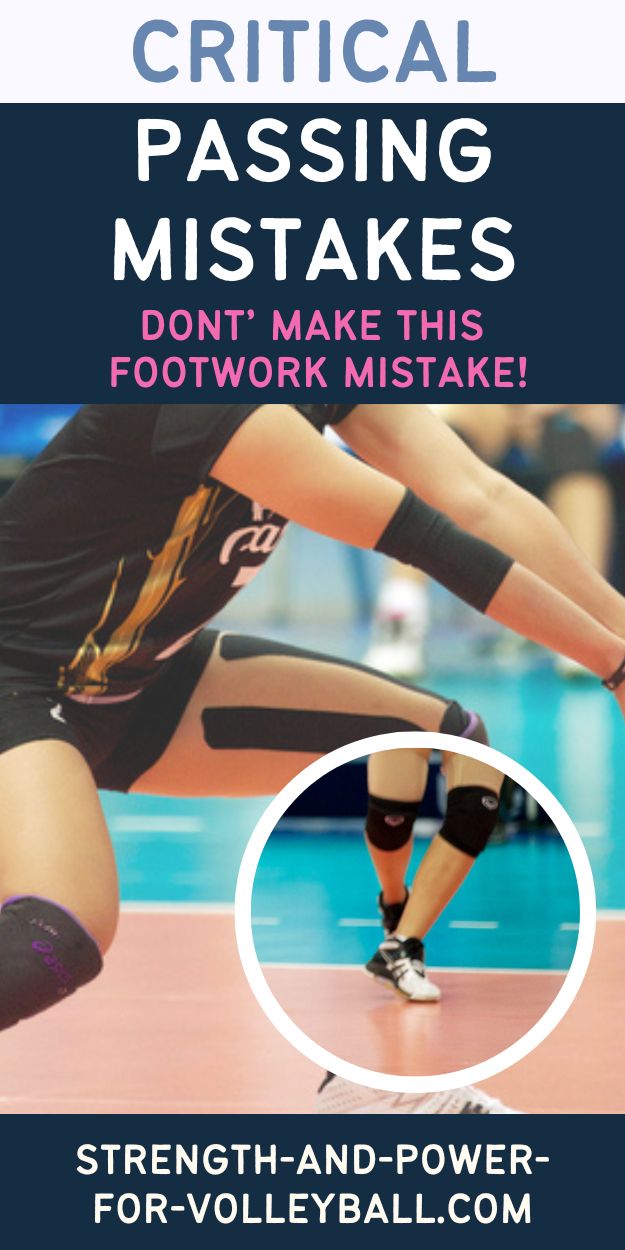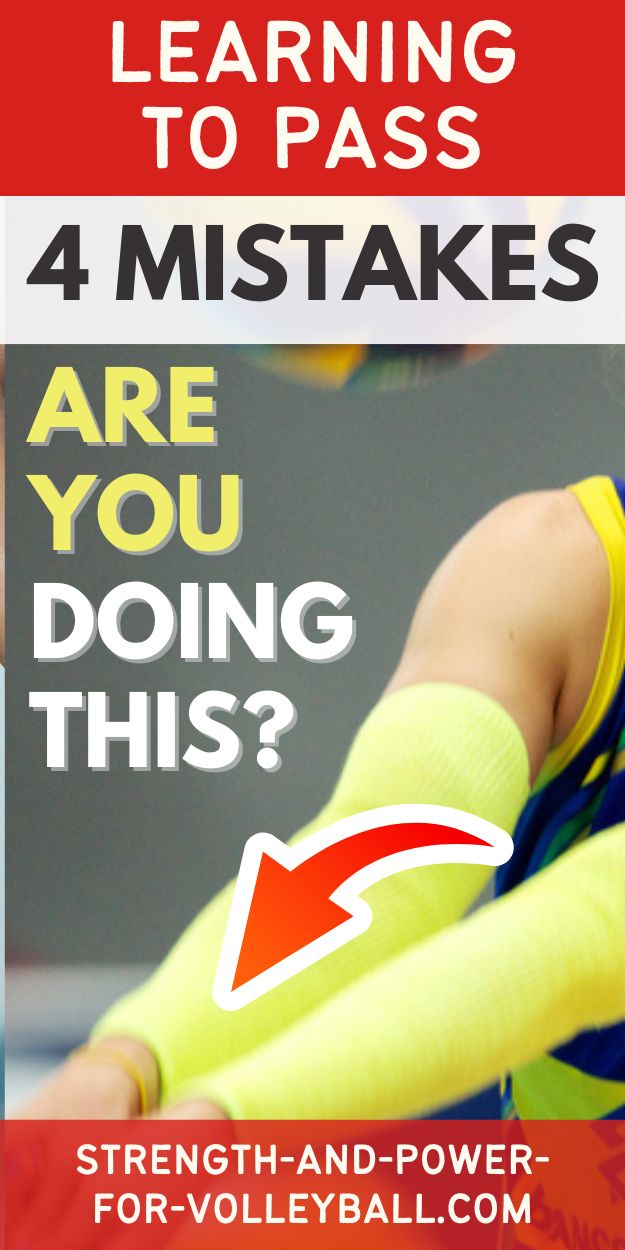What is Passing in Volleyball?
3 Steps to Learning to Pass
What is passing in volleyball?
Passing is the skill in volleyball that you must develop in order to send the ball to a teammate.
The purpose of passing is to get the ball to the setter. The setter then sets the ball to an attacker. You need to attack to win.
Passing is really important because it's the first step in the sequence of pass, set, hit.
If you can't pass then your team won't be able to attack. If you can't attack then your team will be less likely to successfully score points and win.
How to Pass a Volleyball
Technique. The first thing you need to learn is the correct technique for passing. To pass the ball, you need to learn how to get in position and direct the ball using your forearms.
There are two ways to pass 1) Forearm passing 2) Overhead passing (using the fingers).
Forearm passing. The forearm pass is the primary passing skill all volleyball players need to learn.
The position to forearm pass. Start by standing with your feet shoulder-width apart. Keep the knees slightly bent, body low and prepared to move in any direction.
The placement for the arms is out in front with your hands and wrists together. Form a flat, platform-like surface with your forearms by keeping your wrists and hands firm and in line with each other. Angle your platform slightly downward in order to angle the ball to the target.
Keep the legs bent and feet ready to move.
As you are about to make contact, angle the arms so that the ball rebounds in the direction of the target. Make contact with the center of the forearms. Avoid hitting the ball with your wrists.
In serve receive, move your entire body into the ball as you pass. You may need to shrug the shoulders as you pass.
For digging a hard driven ball, you will need to absorb the impact.
Keep your steps small (not big) so you can easily adjust your position.
To be a good passer, you need to practice passing the ball. Forearm passing is a very technical skills that will take a lot of time to become really good at.
Put yourself in situations where you must anticipate the ball. This means you need to practice reading the ball and making decisions on where you need to move to get in position. The more you practice anticipating, the better you will be at getting in position to pass. Once you are good at getting into the correct position, then you can successfully apply the forearm passing technique.
Overhead passing. Overhead passing is important, but don't make the mistake of just focusing on overhead passing all the time. Everyone needs to learn to forearm pass because there will always be situations where you need to use your forearms. If all you do all the time is pass using the hands, then you won't develop the much needed forearm passing skill.
Many players prefer overhead passing because it's much easier to control the ball using the hands than it is using the forearms.
To successfully overhead pass, you need to first start in an athletic balanced position with feet about shoulder width apart. Be ready to move in any direction. To overhead pass, you'll need to be in a position under the ball.
It's usually deep serves that are easier to overhead pass because it's easier to get under a deep serve.
As the ball comes to your hands, use the setting motion to hand set the ball. Create a trajectory so the ball travels in an arc to your setter. Know where your setter is and be sure you are giving the setter enough time to get in position to set.
For example, if you know the setter will be late to the ball, then overhead pass the ball higher.
If your team is trying to run a fast offense, then you may need to overhead pass the ball faster to the setter.
Also, you may actually find that your passes are more accurate when you pass the ball faster.
If you found these tips helpful and want to keep them close to you, please save this pin to your Pinterest Board.
4 Critical Passing Mistakes
Here are 4 common passing mistakes you want to avoid.
1. Don't swing your arms when you pass. Especially if you're a beginner, you will likely be tempted to swing your arms when you pass. Swinging the arms can be a very difficult habit to break. You don't want to get in the habit of swinging. Instead of swinging, focus on angling your platform and shrugging the shoulders, moving the body into the ball as you pass.
2. Don't take your eyes off the ball. You may think you need to look at where you are passing. Don't make this mistake. You should keep your eyes on the ball. Focus on the ball as you pass and you'll be more accurate passing.
3. Move your feet before the ball is served or hit. Often players are late to the ball and struggle to get in position. If you get your feet moving early, you will get to the ball soon and have more time to adjust to the ball. If you move your feet early, you are helping yourself anticipate what position to get into.
4. Don't stop to pass. If you stop moving then you'll be out of position at the moment of contact. You need to keep moving as you are passing. What players feet when they pass. Often really good passers are just on one foot as they pass. There body weight is shifting as they pass. They haven't come to a stop. They continue to move as they pass the ball. Have a you ever seen a player shank a pass over and over again? It gets in there head that they are struggling to pass and they continue to struggle. A way to break this is by moving the feet. If you ever find yourself stuck and can't figure you why you are struggling to pass, try moving the feet early and continue to move as you pass.
If you found these tips on what is passing in volleyball helpful and want to keep them close to you, please save this pin to your Pinterest Board.

